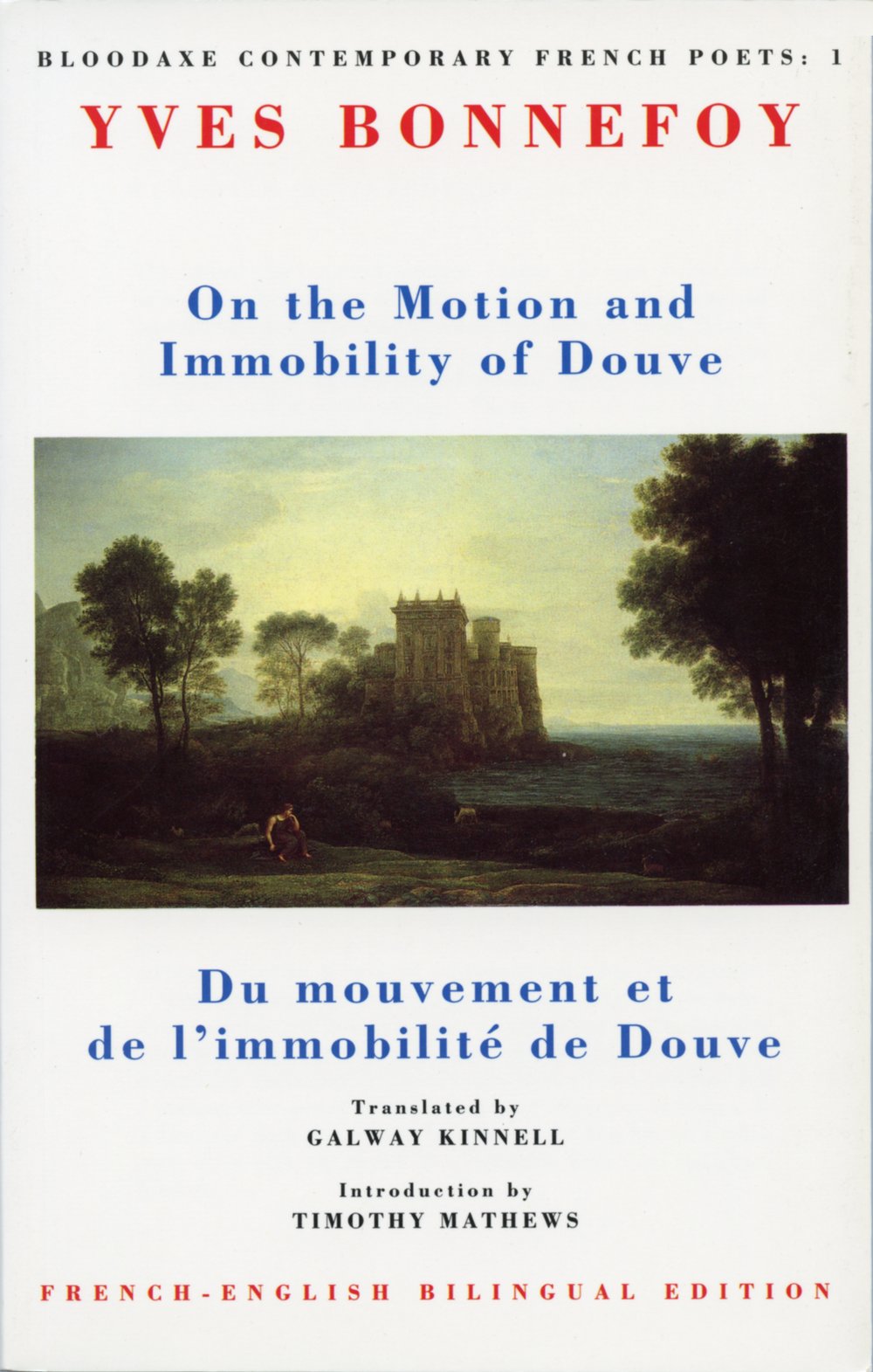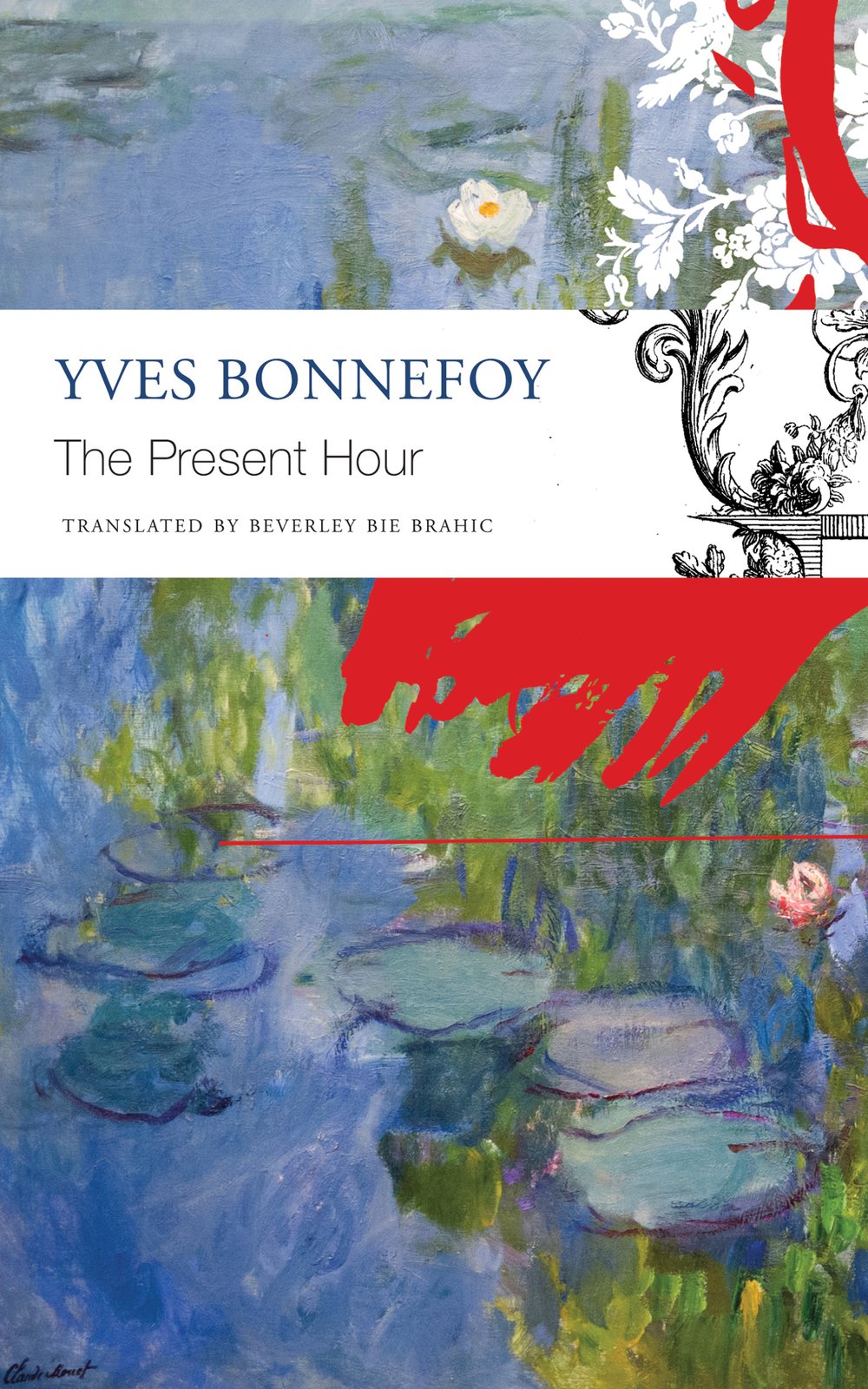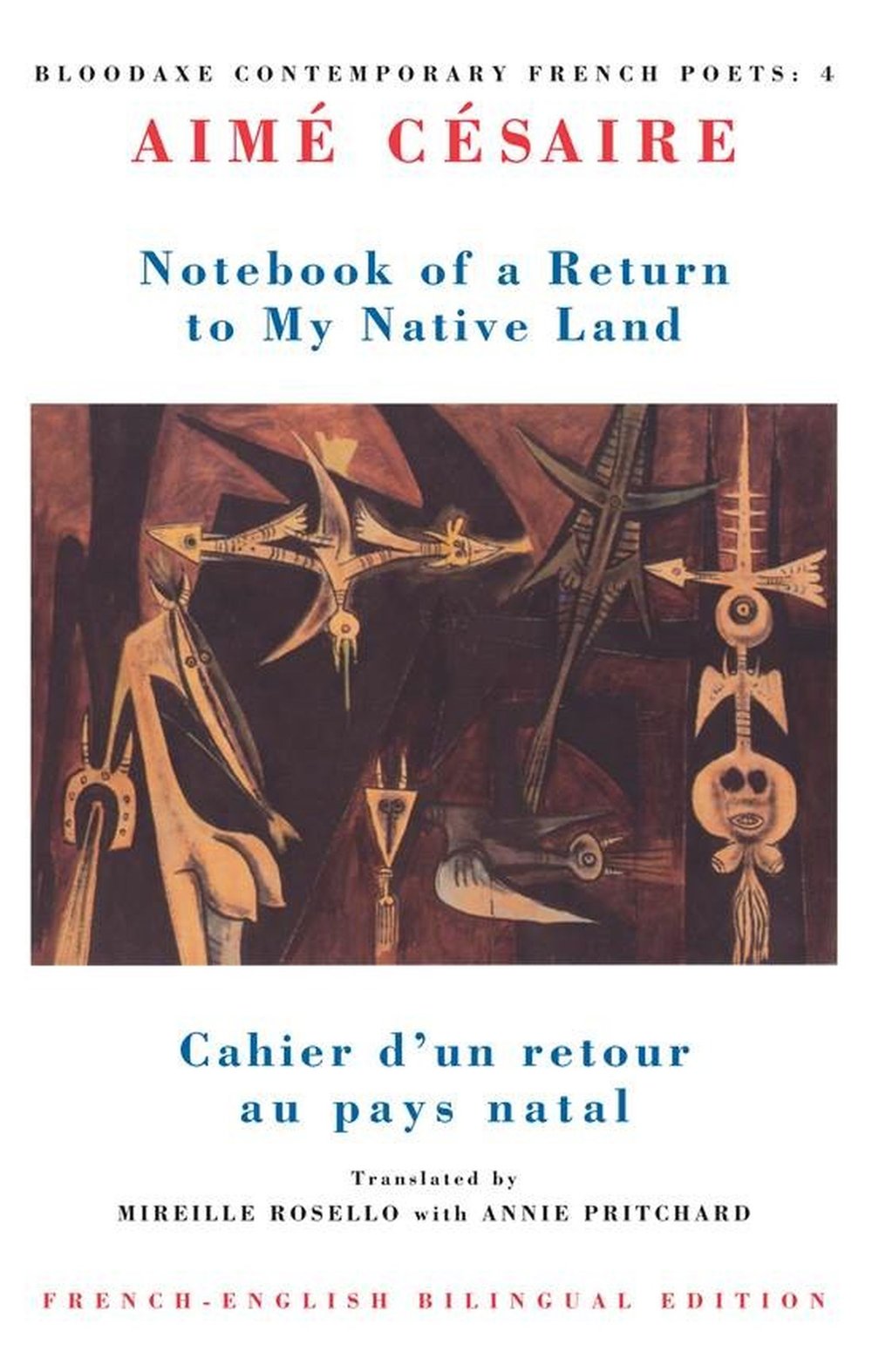On the Motion and Immobility of Douve
Du mouvement et de l'immobilite de Douve

Ostensibly, the volume is about a female lover, Douve. Douve, though, is the French word for a moat, that uncrossable body which separates us from safety and from danger. With this undercurrent at work we read the poems as if they are about the divide between us and death as much as they are about the divide between us and the untouchable reality of text. This is dangerous writing, fulfilling Derrida's "fatal necessity" by making us substitute the textual sign for reality.

Yves Bonnefoy (1923-2016) was one of France's greatest modern poets as well as a distinguished essayist and academic. He taught literature at several universities in Europe and the USA, and following the death of Rolande Barthes in 1981 was given the chair of comparative study of poetry at the Collège de France. His works have been of great importance in post-war French literature, at the same time poetic and theoretical, examining the meaning of the spoken and written word. He has also published a number of translations, most notably Shakespeare and published several works on art and art history, including Miró and Giacometti.
His first book of poems, Du mouvement et de l'immobilité de Douve, published in France in 1953, appears as a bilingual edition in the Bloodaxe Contemporary French Poets series as On the motion and immobility of Douve (1992) with a translation by the leading American poet Galway Kinnell. Other English translations of his poetry include: Hier Regnant Desert, translated by Anthony Rudolf as Yesterday's Wilderness Kingdom (MPT Books, 2000); New and Selected Poems, translated by John Naughton and Anthony Rudolf; Second Simplicity: New Poetry and Prose, 1991-2011, translated by Hoyt Rogers (Yale University Press, 2012); and The Arrière-pays, translated by Stephen Romer (University of Chicago Press, 2012).



